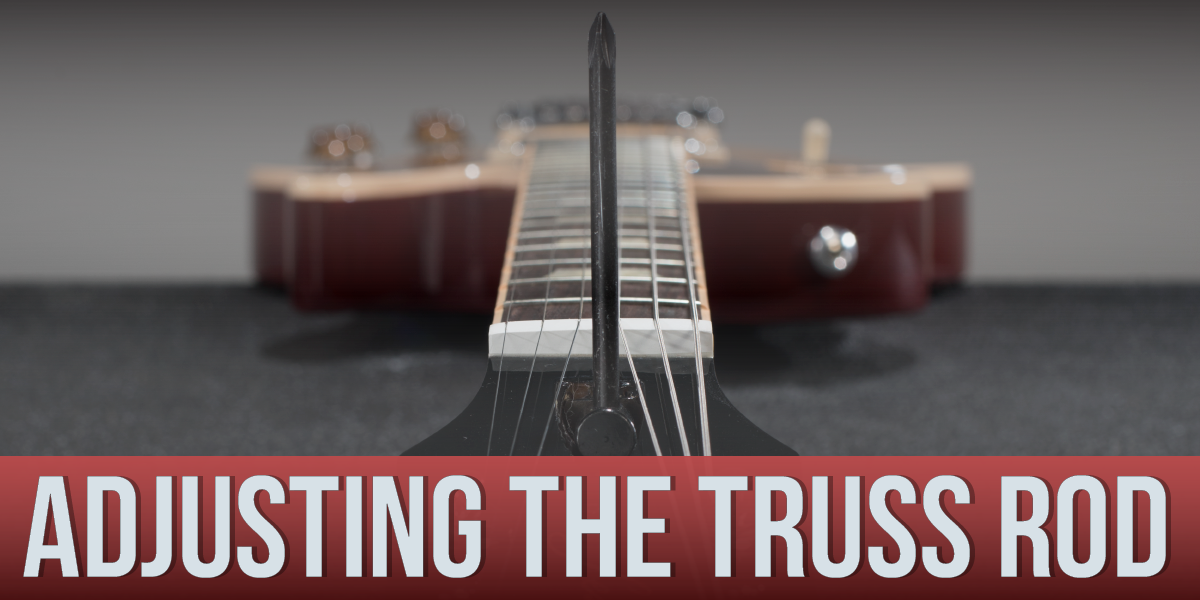Affix the capo to the first fret and depress the high e string at the last fret g string on a bass guitar or where the neck joins the body often the 17th fret on stratocaster and telecaster guitars.
Measure neck relief without feeler gauge.
Basically the neck relief is the curve along the full length of the neck.
Adjust a truss rod without guesswork.
If you don t have a feeler gauge set they are cheap and can be found at your local auto parts store.
It requires two things.
In order to measure the height of your guitar s strings you should have either a ruler a feeler gauge or a specialized string action gauge.
Our neck relief gauge helps you quickly and precisely adjust guitar fretboard straightness for comfortable playability without fret buzz.
Here s an alternative to the sight method that eliminates this discrepancy.
Next we hold down the 3rd string at the 12th fret and check the gap at the 6th fret with a feeler gauge.
If you have considerably less or more gap than desired adjust your truss rod.
The appropriate gauge should slide in easily between string and fret but without any further gap between them.
A capo and a feeler gauge.
To measure the relief the first step is placing a capo at the 1st fret to eliminate the nut from consideration.
Only two tools are needed to check neck relief a capo and a feeler gauge.
If you re a do it yourself type of person you might feel comfortable doing some routine checkups on your guitar of choice.
If you don t have any feeler gauges the average business card usually works for a rough estimate repeat steps 2 and 3 with the high e string.
One of these is measuring the neck relief it s a good thing to do if you re noticing some new fret buzzing going on.
Sometimes you look at the neck and it appears to have the right amount of relief but it still just doesn t feel right.









